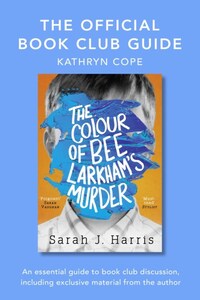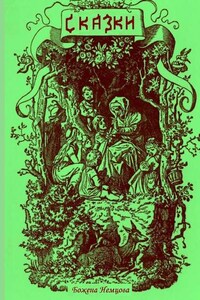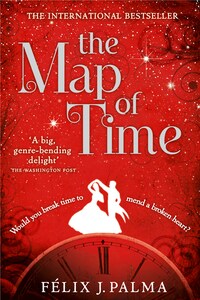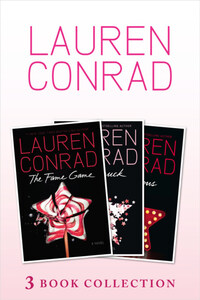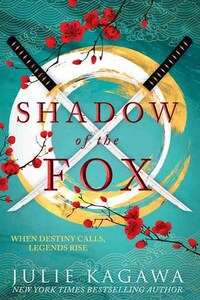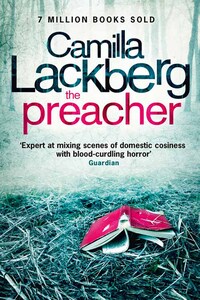The Official Book Club Guide: The Colour of Bee Larkham’s Murder
KATHRYN COPE
Published by HarperCollinsPublishers Ltd
1 London Bridge Street
London SE1 9GF
www.harpercollins.co.uk
First published in Great Britain by HarperCollinsPublishers 2018
Copyright to extracts from The Colour of Bee Larkham’s Murder © Sarah J. Harris 2018
Copyright © Kathyrn Cope 2018
Cover design: Holly Macdonald © HarperCollinsPublishers Ltd 2018
Kathryn Cope asserts the moral right to be identified as the author of this work.
A catalogue copy of this book is available from the British Library.
This novel is entirely a work of fiction. The names, characters and incidents portrayed in it are the work of the author’s imagination. Any resemblance to actual persons, living or dead, events or localities is entirely coincidental.
All rights reserved under International and Pan-American Copyright Conventions. By payment of the required fees, you have been granted the non-exclusive, non-transferable right to access and read the text of this e-book on screen. No part of this text may be reproduced, transmitted, down-loaded, decompiled, reverse engineered, or stored in or introduced into any information storage and retrieval system, in any form or by any means, whether electronic or mechanical, now known or hereinafter invented, without the express written permission of HarperCollins.
Ebook Edition © May 2018 ISBN: 9780008309749
Version 2018-04-25
There are few things more rewarding than getting together with a group of like-minded people and discussing a good book. Book club meetings, at their best, are vibrant, passionate affairs. Each member will bring along a different perspective and ideally there will be heated debate.
A surprising number of book club members, however, report that their meetings have been a disappointment. Even though their group loved the particular book they were discussing, they could think of astonishingly little to say about it. Failing to find interesting discussion angles for a book is the single most common reason for book group discussions to fall flat. Most book groups only meet once a month and a lacklustre meeting is frustrating for everyone.
The Official Book Club Guides were born out of a passion for reading groups. Packed with information, they take the hard work out of preparing for a meeting and ensure that your book group discussions never run dry. How you choose to use the guides is entirely up to you. The author biography and style sections provide useful background information which may be interesting to share with your group at the beginning of your meeting. The all-important list of discussion questions, which will probably form the core of your meeting, can be found towards the end of this guide. To support your responses to the discussion questions, you may find it helpful to refer to the ‘themes’ and ‘character’ sections.
A detailed plot synopsis is provided as an aide-memoire if you need to recap on the finer points of the plot. There is also a quick quiz – a fun way to test your knowledge and bring your discussion to a close. Finally, if this was a book that you particularly enjoyed, the guide concludes with a list of books similar in style or subject matter.
Be warned, this guide contains spoilers. Please do not be tempted to read it before you have read the original novel as plot surprises will be well and truly ruined.
Sarah J. Harris
Sarah J. Harris is an author and freelance education journalist who regularly writes for a number of major British newspapers. The Colour of Bee Larkham’s Murder is her debut adult novel.
Sarah lives in London with her husband and two sons. She is currently working on her second adult novel.
Synaesthesia
Very early on in Jasper Wishart’s narrative, it becomes clear that his perception of the world is unusual. One of the reasons for this is that Jasper experiences synaesthesia. This is a neurological condition where the brain links two or more senses together.
Jasper experiences grapheme-colour synaesthesia (where numbers, letters, or words are perceived as colours) and he also sees colours when he hears sounds or voices. Synaesthesia can, however, link the senses of taste, smell, hearing, sight and touch in almost any combination. Synaesthetes may, for example, taste words or feel sounds. However the condition manifests itself, the synaesthete will usually experience sensory stimuli consistently. If, for example, Friday is experienced as indigo blue (as in Jasper’s case) this word/colour association rarely changes.
Experienced by about four percent of the population, synaesthesia often runs in families. As the condition involves a heightened perception of the world, it is perhaps unsurprising that synaesthetes are eight times more likely to work in creative professions than the average person. The author of
